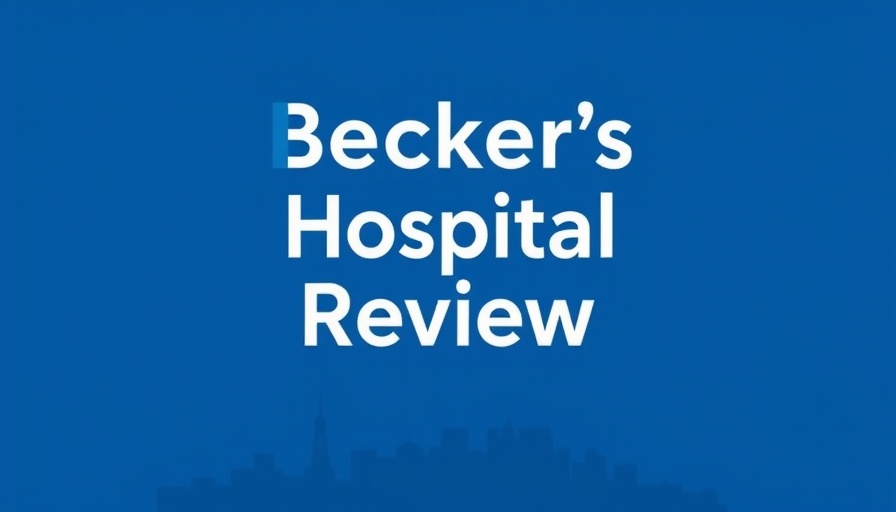
The Titans of Healthcare: HCA vs. Tenet
In the sprawling vista of U.S. healthcare, two giants stand out: HCA Healthcare and Tenet Healthcare. Based in Nashville and Dallas respectively, these two for-profit health systems wield considerable influence in the medical landscape. This article delves into ten crucial aspects that highlight their differences and similarities, providing insights that are especially valuable for independent health practitioners and stakeholders navigating the intricacies of modern healthcare.
Hospital Footprint: Comparing Reach
One of the simplest metrics to gauge the power of these healthcare systems is their number of hospitals. HCA Healthcare boasts an impressive 192 hospitals, dwarfing Tenet’s 49 facilities. This difference signifies not only a broader geographical presence for HCA but also a potential impact on patient access to care, which is critical for providers considering collaborations or referrals.
Ambulatory Surgery Centers and Capabilities
When it comes to surgical care, HCA operates 125 Ambulatory Surgery Centers (ASCs), while Tenet surpasses with 520. This statistic is particularly relevant for independent clinics and outpatient surgery centers aiming to enhance service offerings through partnerships or service diversity. The larger volume at Tenet may suggest greater experience in outpatient care, an avenue worth exploring for growth among smaller practices.
Employee and Physician Resources
Staffing remains a pivotal concern in healthcare. HCA employs 316,000 individuals, a substantial workforce compared to Tenet’s 100,000. Furthermore, HCA has 44,000 physicians in its network, as opposed to Tenet's 6,000. This level of physician engagement is paramount for independent physicians aiming to understand the competitive landscape, as it affects collaboration opportunities and patient referrals. A well-integrated system with vast human resources like HCA can be a key ally in practice revenue optimization.
Financial Health: A Closer Look
HCA leads with a staggering annual revenue of $70.6 billion and an income of $5.7 billion. In contrast, Tenet's figures are notably lower, with $20.6 billion in revenue and $2.3 billion in income. For those in healthcare management, the financial disparities raise essential questions about stability, investment potential, and growth strategies. Understanding these factors can help independent practitioners align with or differentiate from these systems.
Debt Dynamics: Managing Financial Risk
Debt levels are an essential indicator of financial agility. HCA carries a debt load of $44.6 billion, while Tenet has $12.7 billion in total debt, of which $9.7 billion is net debt. For healthcare providers assessing partnership risks, analyzing how these debts impact operational growth and service delivery is crucial. Are these companies positioned to leverage their debt for expansion, or could it hinder their capabilities?
Acquisitions and Future Strategies: Road Ahead
In the past year, HCA expanded through acquisitions, adding hospitals like the Catholic Medical Center, focusing on organic investments. Conversely, Tenet scaled back from 61 hospitals to 49 through significant divestitures, earning $4.8 billion from strategic sales. These contrasting strategies provide insights into the future trajectories of both organizations and their readiness to adapt in an increasingly competitive environment.
Looking to the Future: Financial Projections
As we look ahead, HCA projects revenues between $72.8 billion and $75.8 billion for 2025, while Tenet expects $20.6 billion to $21 billion. These financial forecasts will inform the decisions of independent providers contemplating where to align their services and develop patient engagement tools.
Conclusion: Implications for Independent Practitioners
Understanding the dynamics between HCA Healthcare and Tenet Healthcare not only illuminates the competitive healthcare landscape but also equips independent practitioners with the knowledge necessary to thrive. By being cognizant of these healthcare titans' strategies and financial health, providers can make informed decisions about collaborations, patient referrals, and optimizing their own practice efficiencies. As healthcare continues to evolve rapidly, staying aware of these larger trends is essential for maintaining relevance and navigating opportunities.
As the industry shifts, consider implementing innovative solutions like remote therapeutic monitoring (RTM) programs, which can enhance patient engagement and optimize practice revenue. Find ways to integrate technology into your practice, improving compliance and operational efficiency.
 Add Row
Add Row  Add
Add 




Write A Comment